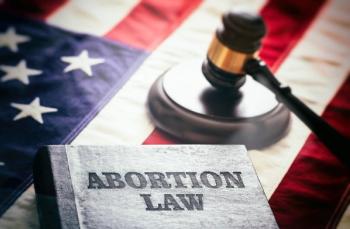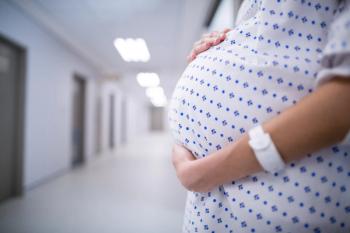
Birthweight extremes = increased stillbirth risk
A population-based study indicates that extremes in birthweight lead to an increased risk of stillbirth.
Published in The Journal of Perinatology, the study of all births in Ontario between 2002 and 2007 included more than 700,000 liveborn and nearly 5,000 stillborn singletons delivered at 20 to 41 weeks' gestation. Smoothed birthweight percentile curves were generated for males and females, combining livebirths and stillbirths. Quintile regression was used to calculate sex-specific absolute birthweight differences and 95% confidence intervals between stillborns vs liveborns at various gestational ages. Logistic regression was used to calculate the odds ratios for stillbirth at various sex-specific birthweight percentiles and were adjusted for parity.
Starting at 24 weeks' gestation, stillborns weighed significantly less than liveborns at the 10th percentile and by 32 weeks, the difference was 590 g for males and 551 g for females. A reverse J-shaped association was observed between birthweight percentile and risk of stillbirth across all gestational ages. Risk of stillbirth at extreme birthweight percentiles was robustly observed across gestational ages.
Newsletter
Get the latest clinical updates, case studies, and expert commentary in obstetric and gynecologic care. Sign up now to stay informed.









